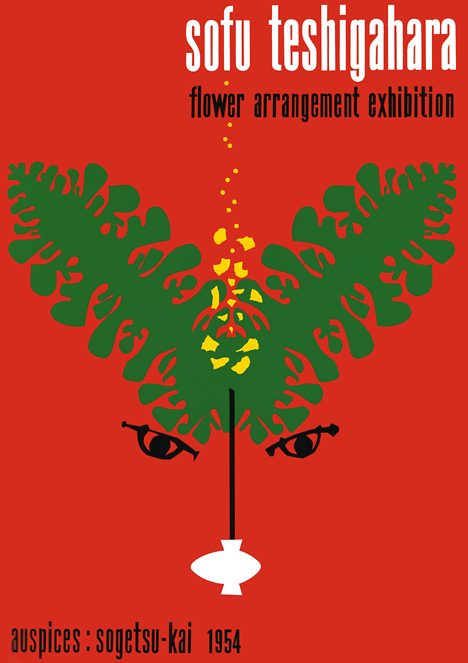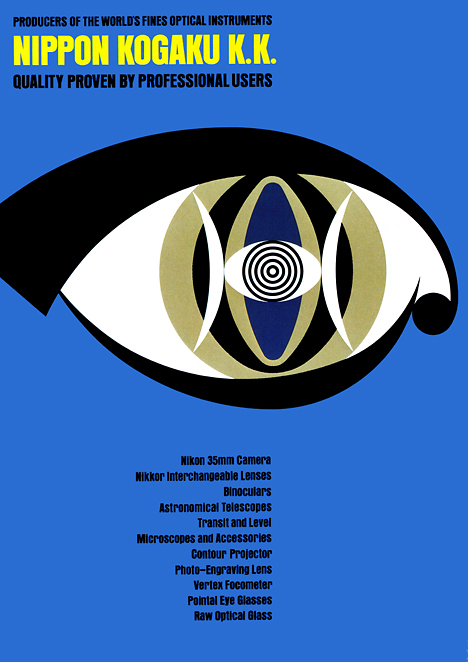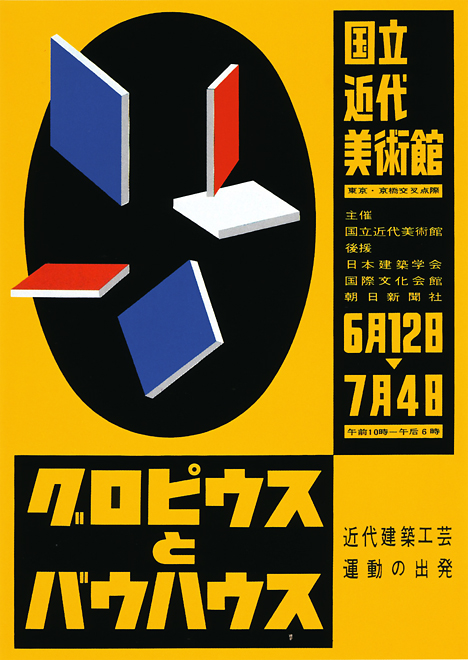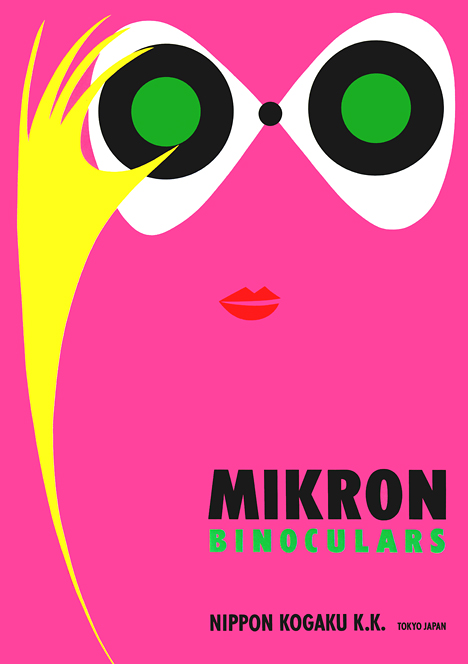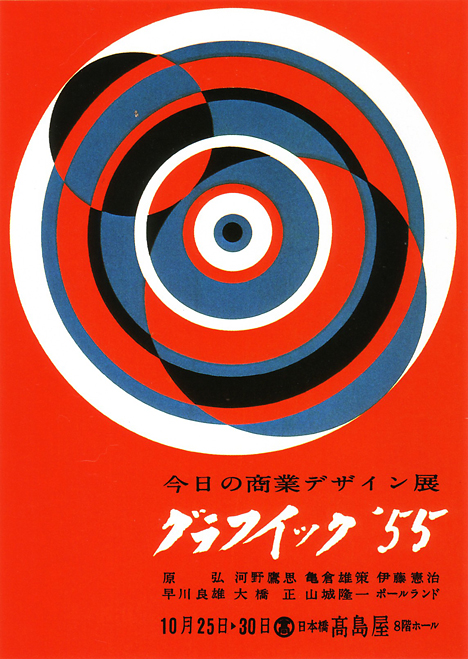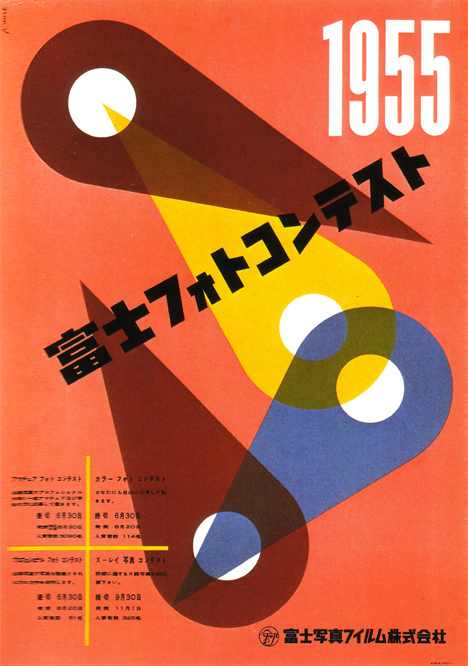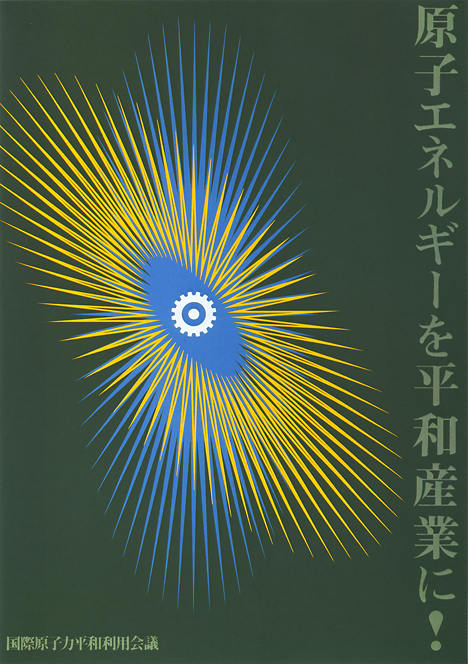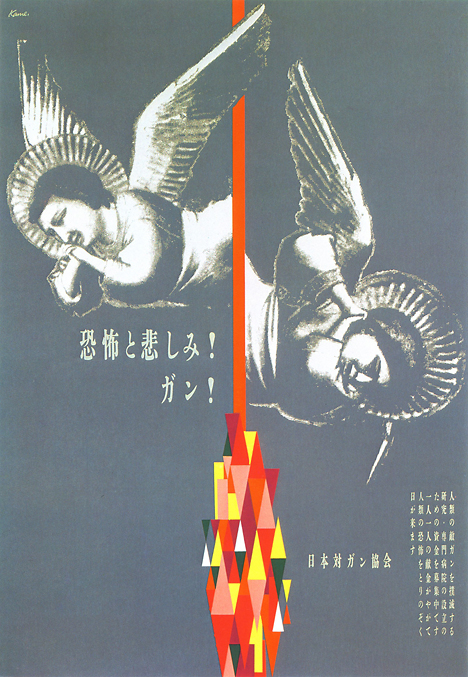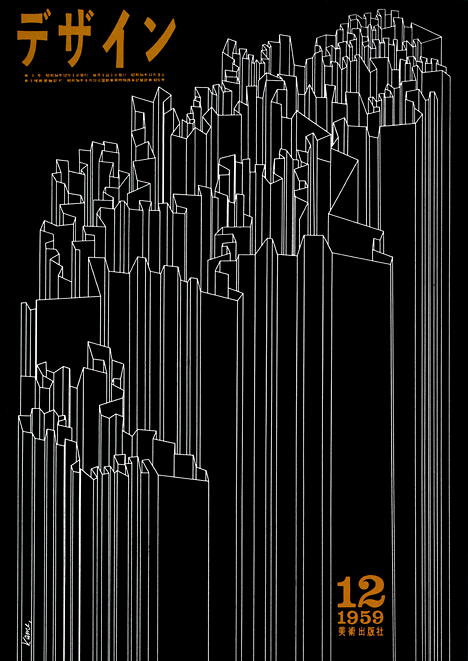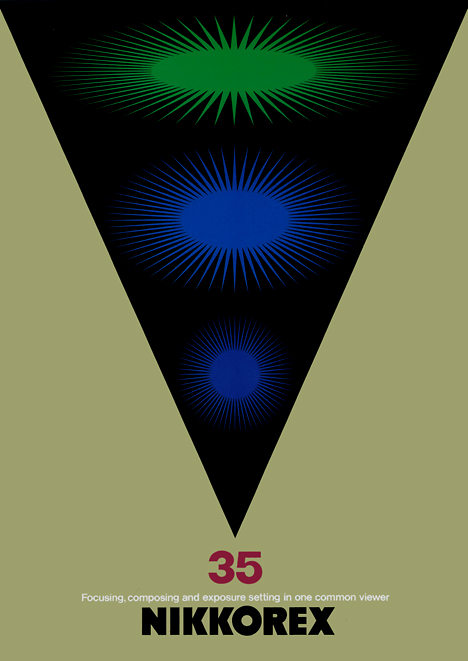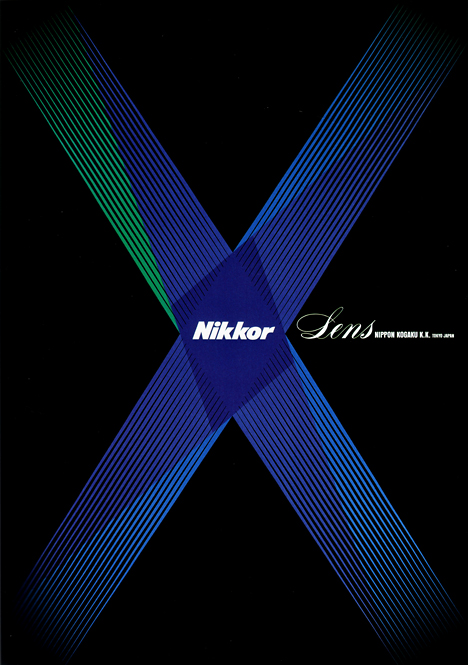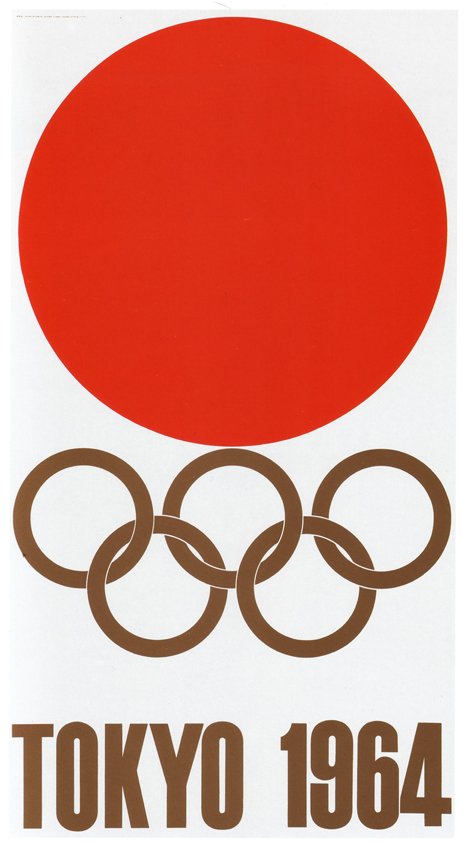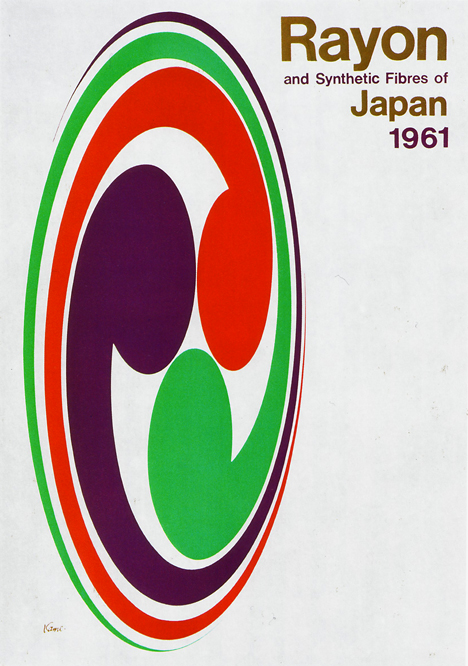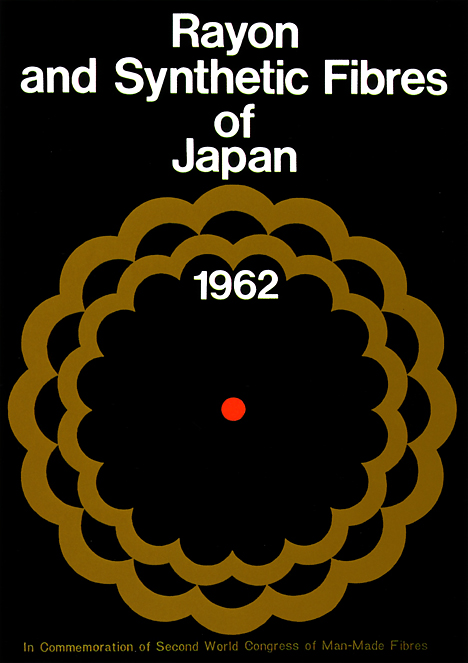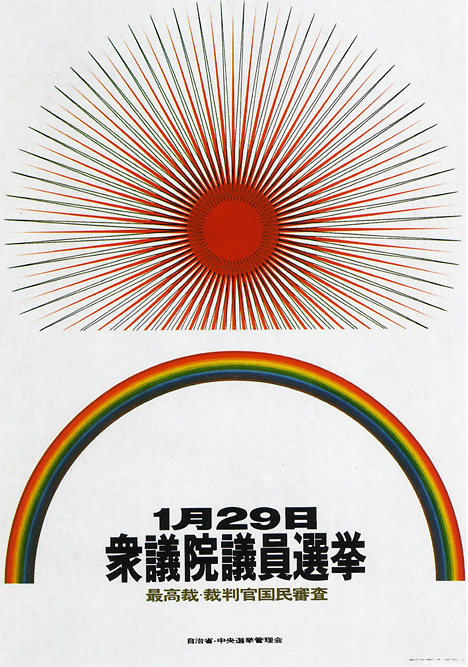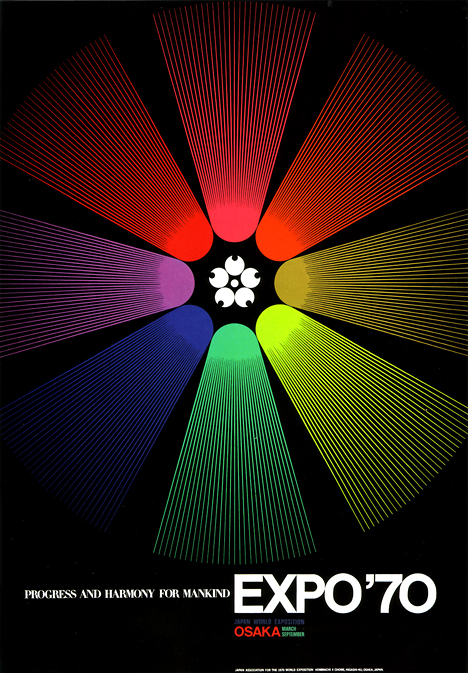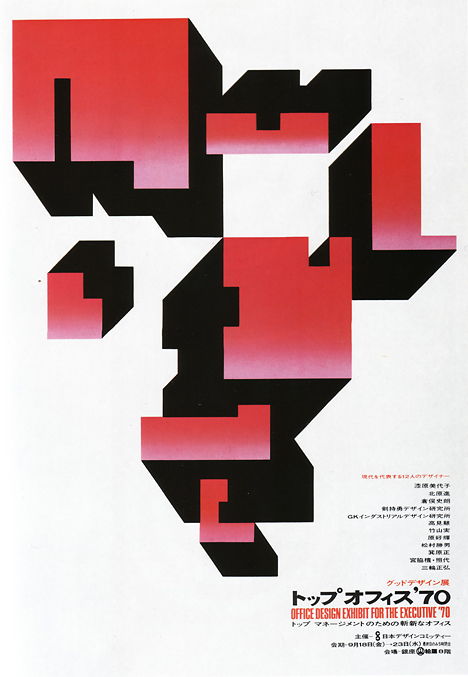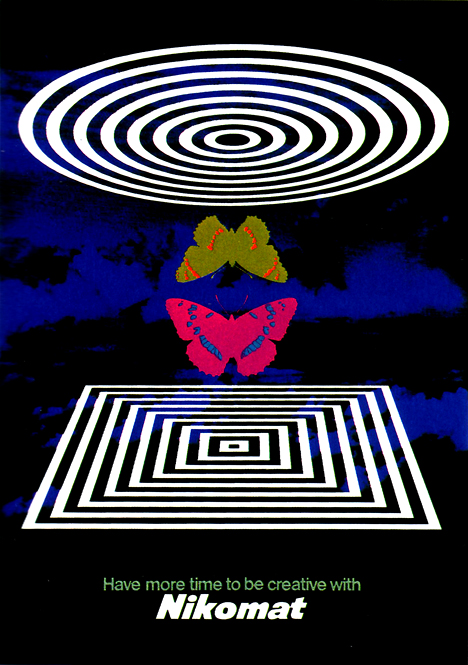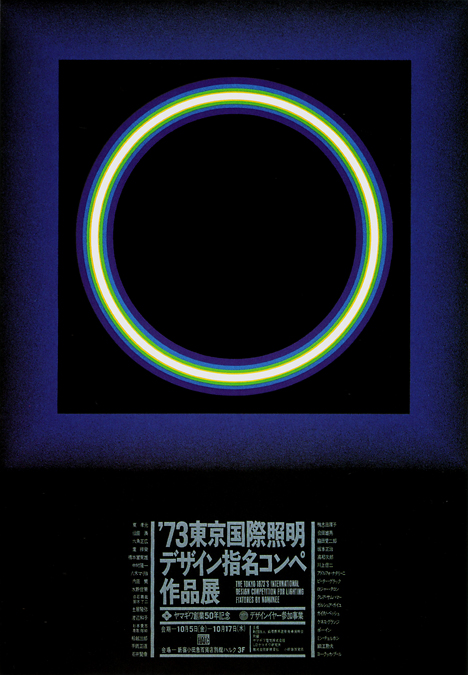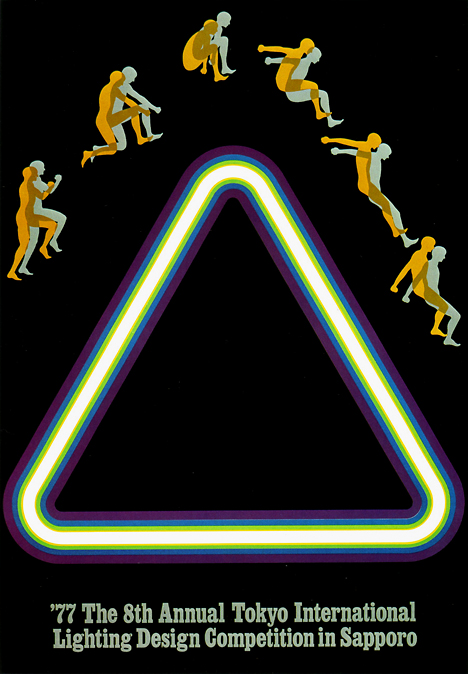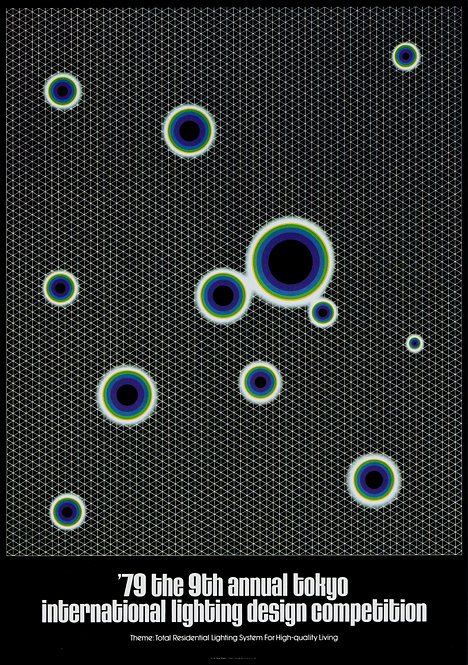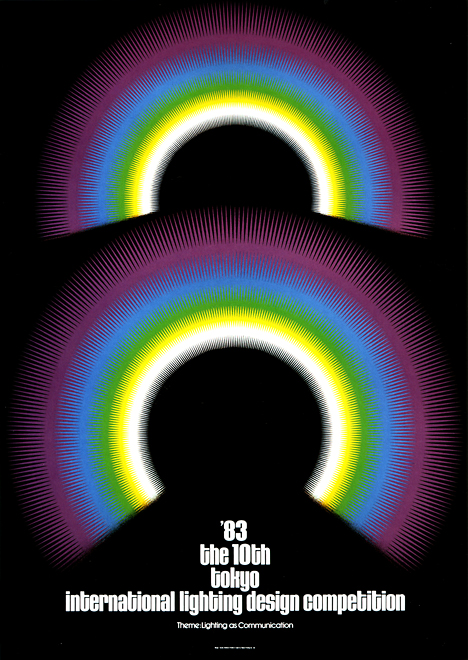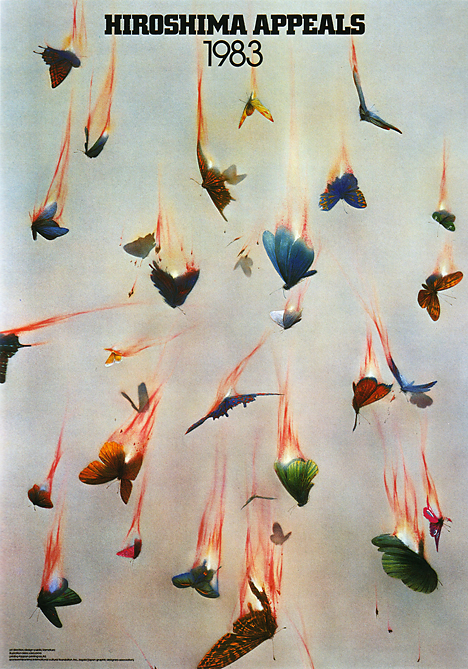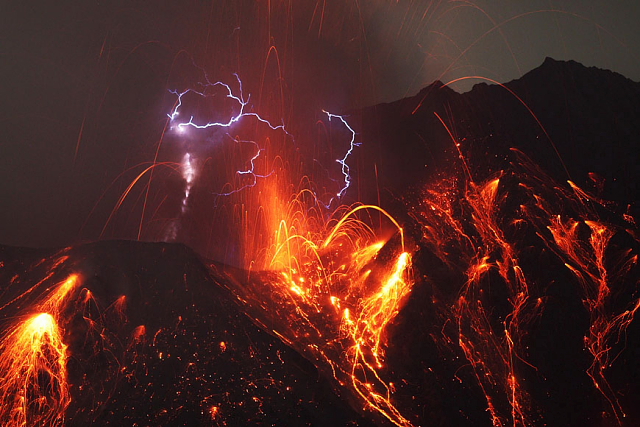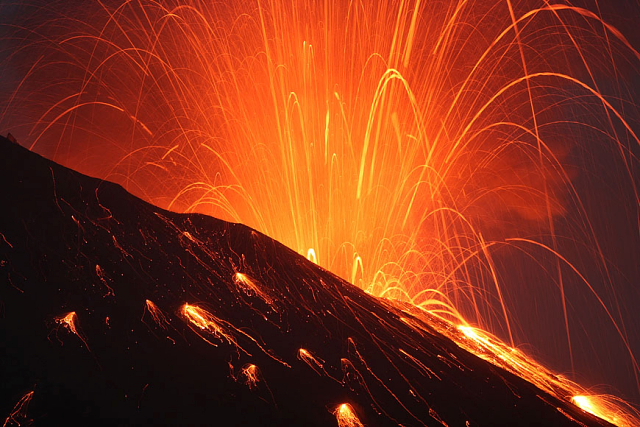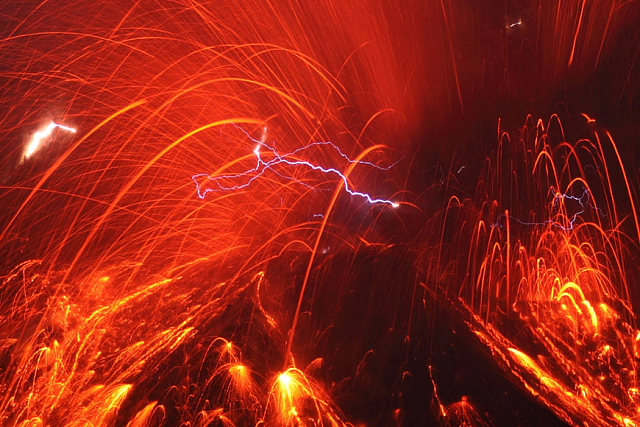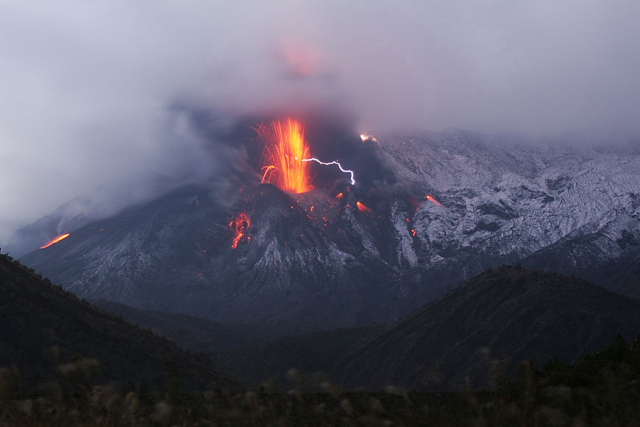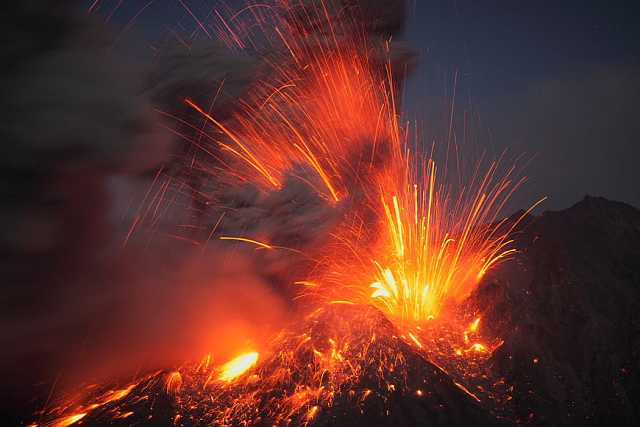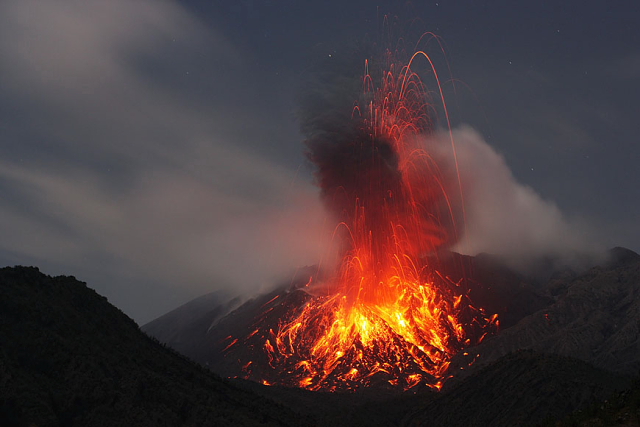In the Meiji period (1868-1912), Japan ended centuries of isolation and entered a period of rapid modernization after opening its doors to the world. The ensuing social and technological changes inspired a number of interesting urban legends.
- Phantom trains
Railroads played a key role in the modernization of Japan. After the first trains started running in 1872, railroads quickly expanded across the country. But as the number of trains increased, so did the frequency of phantom train sightings.
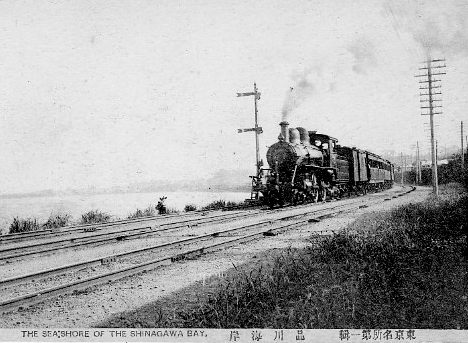
Most often seen by train conductors working late at night, these phantom trains -- which looked and sounded like ordinary trains -- tended to emerge suddenly from the darkness ahead. Shocked by the sight of an oncoming locomotive, conductors typically reacted by grinding their train to halt. Phantom trains usually vanished just before a collision occurred.
These phantom trains, whose sightings have been documented by scholars such as ethnologist Kunio Yanagita and folklorist Kizen Sasaki, were often thought to be the work of shape-shifting animals such as the kitsune (fox), tanuki (raccoon dog) and mujina (badger), because the carcasses of these animals would often be found near where sightings took place.
According to one old Tokyo tale, a phantom train used to appear frequently on the Jōban line. One night, while passing through Tokyo's Katsushika ward, a conductor spotted the notorious phantom train barreling toward him. Convinced it was nothing more than an illusion, he kept charging ahead without applying the brakes. At the moment of impact, there was a loud shriek as the phantom train disappeared into thin air.
The next morning, a number of mangled badger carcasses were found scattered near the tracks where the sighting occurred. The nearby residents surmised that the badgers had banded together and shape-shifted into a menacing-looking train in revenge for being displaced from their homes. A burial mound was constructed for the badgers at Kenshōji temple in Kameari.
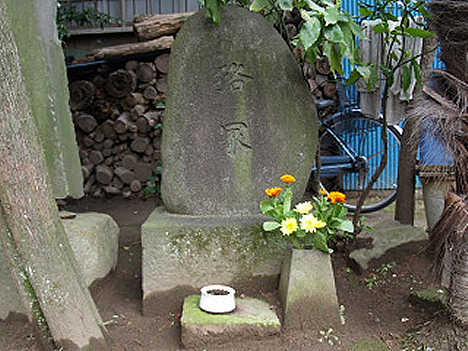
Mujina-dzuka (badger mound) monument at Kenshōji temple in Tokyo
A stone monument marking the spot of the badger burial mound can still be seen at the temple today.
* * * * *
- Electric power lines insulated with the blood of virgins
Like the railroads, electricity played a vital role in the modernization of Japan during the Meiji period. The spread of electricity brought overhead power lines to cities and towns across the country. These new additions to the landscape were regarded with suspicion by many, and they became the subject of various rumors.
Coal tar was used as insulation for electric wires in the early days. Somehow, rumors began to circulate that the thick dark insulating substance was derived from the blood of innocent young women. At the height of the rumors, many virgins were afraid to go outside, fearing they would have their blood stolen for use on the wires. Those who were courageous enough to venture outdoors would sometimes disguise themselves as older, married women by wearing simple kimonos, blackening their teeth, painting their eyebrows, and doing their hair in the marumage style (rounded knot on top of the head).
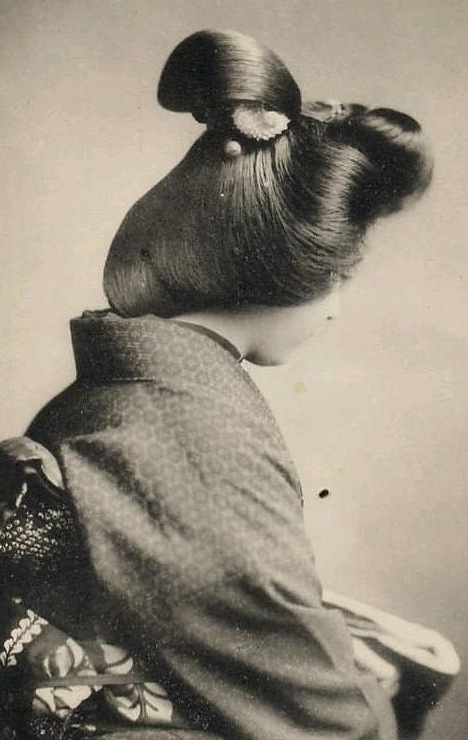
Marumage hairstyle for married women
* * * * *
- Cholera-carrying electric power lines
In addition to instilling fear in young women, power lines were also thought to transmit the dreaded cholera, which claimed hundreds of thousands of lives in Japan during the Meiji period. According to the word on the street, a person could contract cholera simply by walking under overhead power lines. If circumstances forced you to pass beneath a power line, you could protect yourself by holding an open folding fan over your head.
* * * * *
- Chocolate made from cow blood
The Meiji period also saw the birth of the chocolate industry. Although Japan's first taste of chocolate came in the 18th century via Dutch traders at Nagasaki, it was not until 1878 that Fugetsudo, a sweets manufacturer, produced the first Japanese chocolate. The novel taste was a hit, and other manufacturers quickly followed suit. Despite the early success, however, the exotic sweet had its doubters. Sales suffered a setback at the end of the century after rumors circulated that chocolate was made from coagulated cow blood.
* * * * *
- Saigō star
In 1877, in the aftermath of the Satsuma Rebellion -- an armed revolt of ex-samurai against the Meiji government -- a rumor spread that fallen samurai leader Takamori Saigō could be seen in the night sky.
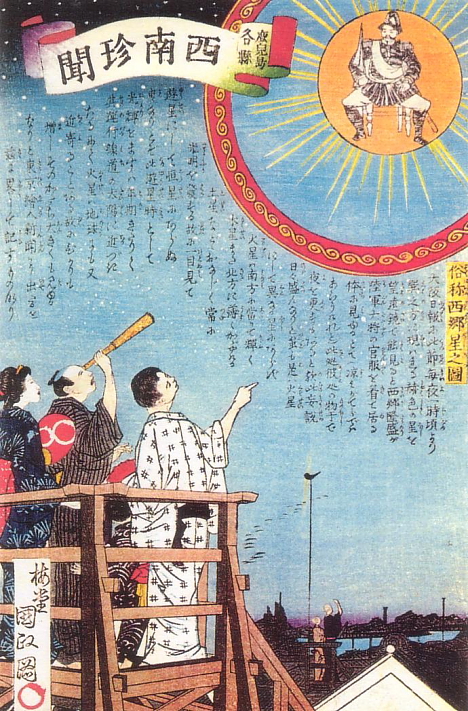
Saigō star (woodblock print by Kunimasa Umedo)
In September of that year, Earth reached its closest point to Mars (about 56 million kilometers), causing it to shine big and bright at night. Not realizing the strange red light was Mars, many regarded the star as an ill omen for Saigō's enemies. Rumors claimed that Saigō could be seen in full military dress in the star when viewed through a telescope. Woodblock prints depicting the so-called Saigō star were popular at the time.
[Note: This is the latest in a series of weekly posts on Japanese urban legends. Check back next week for more.]
